A knife is not just any knife; each type of knife has its own purpose. Knives are as different as the ingredients they have to cut. The difference lies in the size, the shape of the blade and the cutting edge. The best cutting results are achieved by using the right knife. That’s why we would like to tell you more about our different knives and what you can best use them for.
Vegetable knife
Also called Nakiri, or Japanese vegetable knife. This knife is a must have for cutting and chopping vegetables and herbs paper thin.

Chef’s knife
The most versatile knife in the kitchen and essential for every (hobby) chef. Handy for cutting meat, fish or vegetables but also ideal for refining spices.

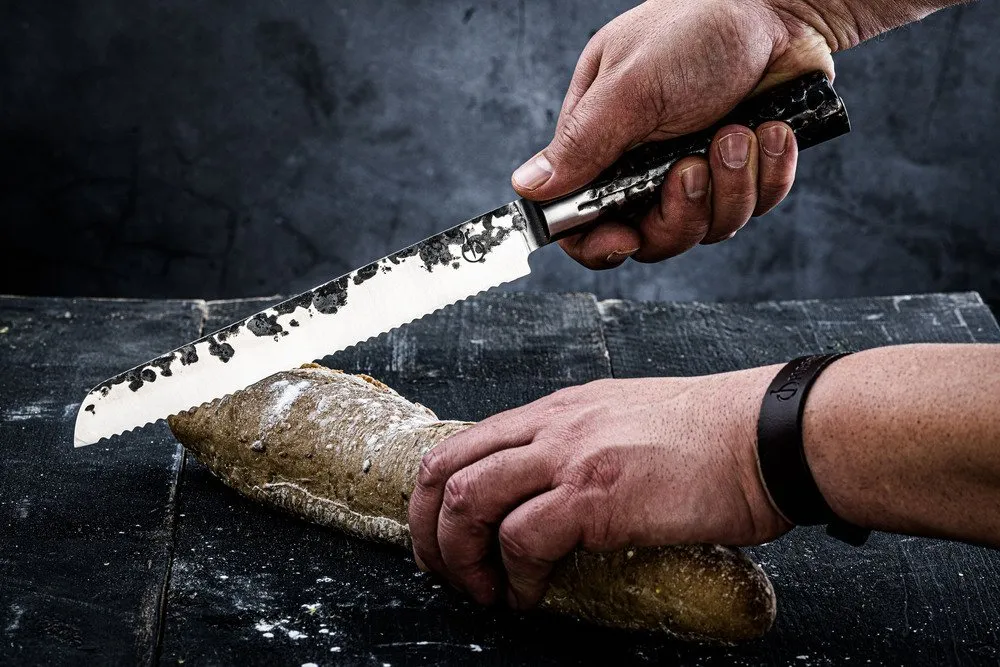
Bread knife
With the long and serrated blade ideal for cutting hard bread or quiche for example. Also perfect for cutting larger vegetables or fruits such as melon, pumpkin or pineapple.

Carving knife
The carving knife has a long, narrow blade, which provides less resistance when cutting meat or fish and therefore less sticking to the blade. Ideally suited for carving.

Universal knife
The small version of the chef’s knife. Ideal for cutting vegetables or smaller pieces of meat. Due to the narrow blade you can work very accurately with it.

Paring knife
The paring knife is a small, light knife with a narrow blade. You use this knife mostly for peeling and cleaning, not for cutting.

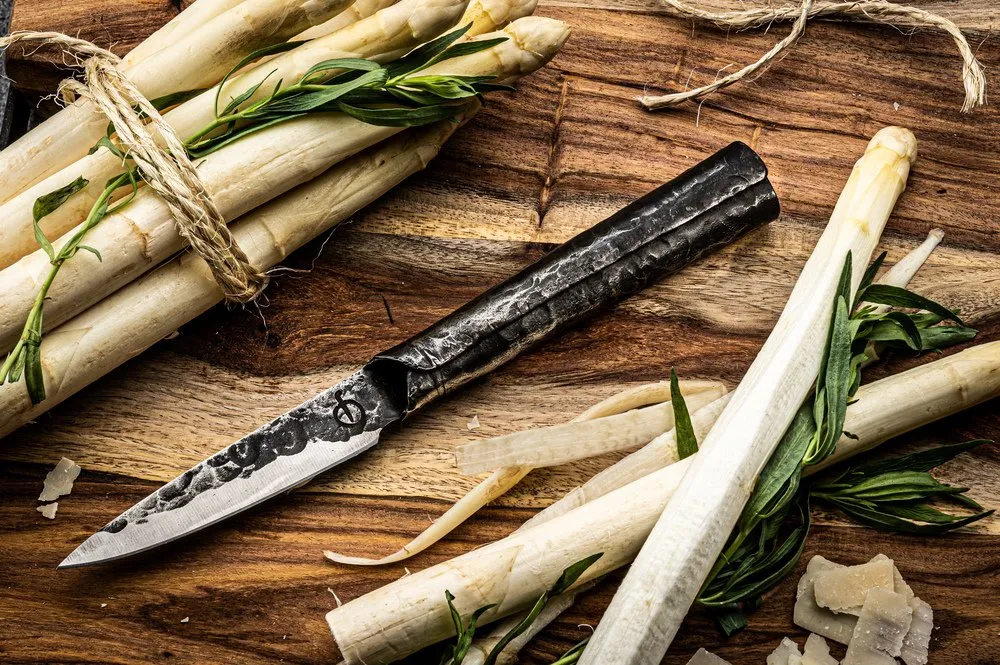
Santoku knife 14 cm | 18 cm
The santokumes is the Japanese version of the chef’s knife. The word ‘santoku’ means ‘three virtues’, a reference to the three cutting functions the knife can perform: slicing, dicing and fine cutting.

Steak knives
A good piece of meat should be cut with a good knife. Steak knives with a smooth blade cut through the meat without pulling a fiber.

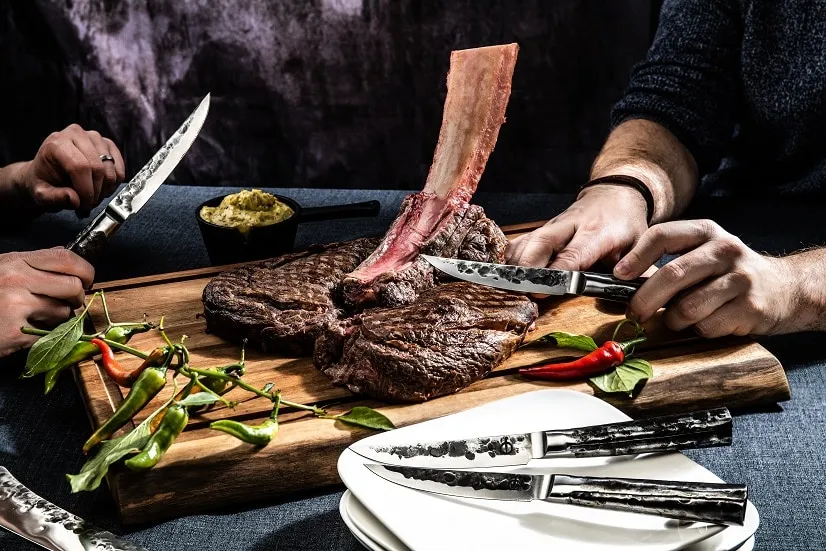
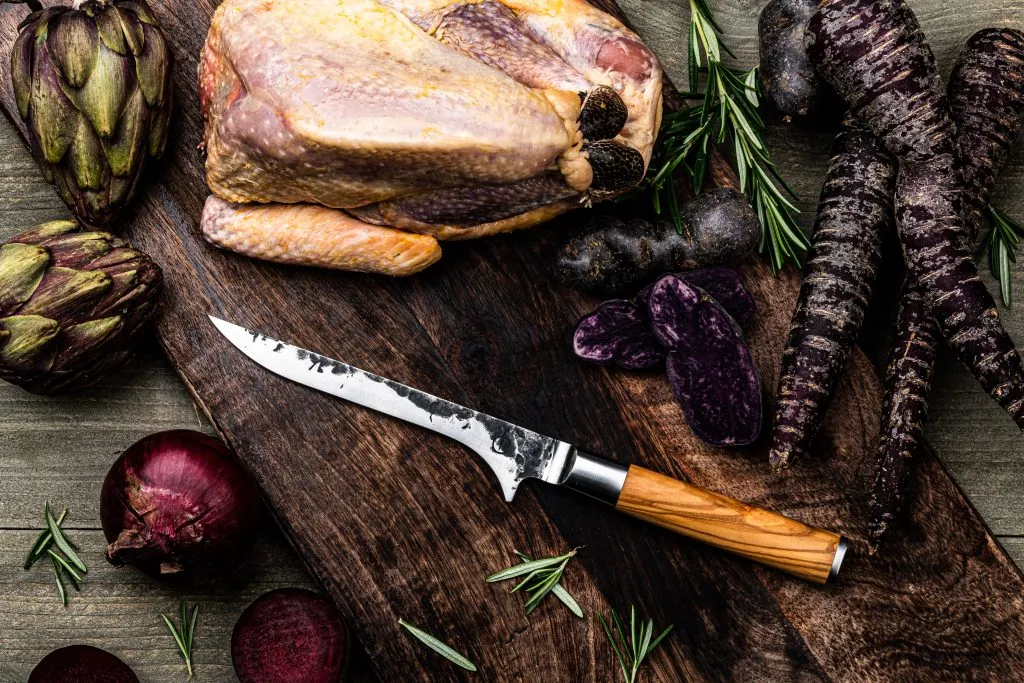
Boning knife
This knife is specially designed for boning meat and poultry. The boning knife has a long, slim blade with which you can easily cut along a piece of bone.

Butcher knife
The extra long blade makes this knife ideal for preparing and portioning large pieces of meat. The rounded top of the blade is a characteristic feature. The butcher knife enables you to cut clean, straight slices of meat in one pass.

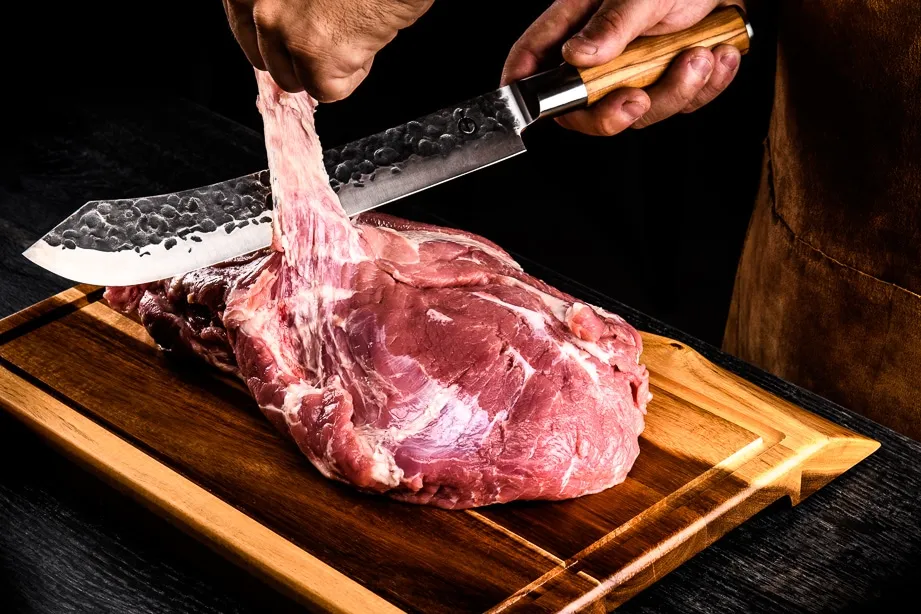
Asian Cleaver
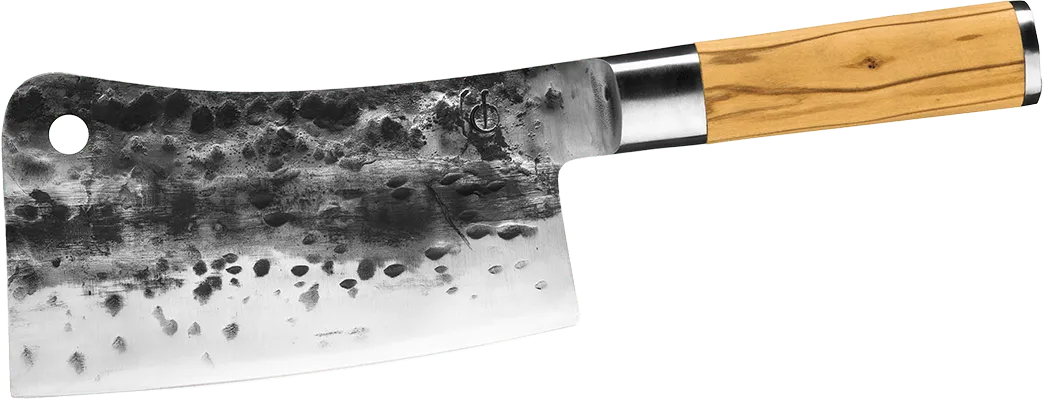
Carving fork
The carving fork is used to hold the meat or poultry in place during pre-cutting (carving). A carving fork can best be combined with a carving knife.

Diamond sharpening steel
A sharpening steel does not whet a knife, it ensures that the direction of the edge of the blade is realigned so that the knife remains sharp. By moving the entire blade along the sharpening steel, it becomes sharp again. It is important to always keep the knife at the same angle.

Fish fillet knife
For very precise fish filleting, you naturally use a good filleting knife. The Forged fish filleting knife has a thin and flexible blade, which allows for good steering so that the fish can be filleted paper-thin, without bones or loss of too much flesh.

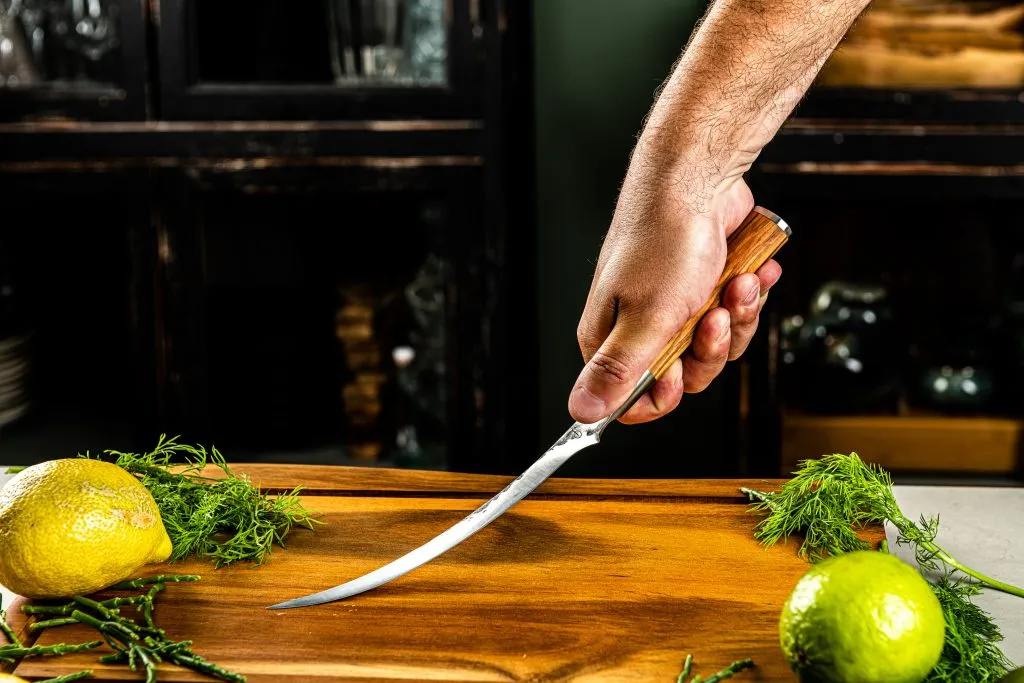

Petty knife
The petty knife is your reliable companion for precision work, from peeling vegetables to performing delicate cuts.



